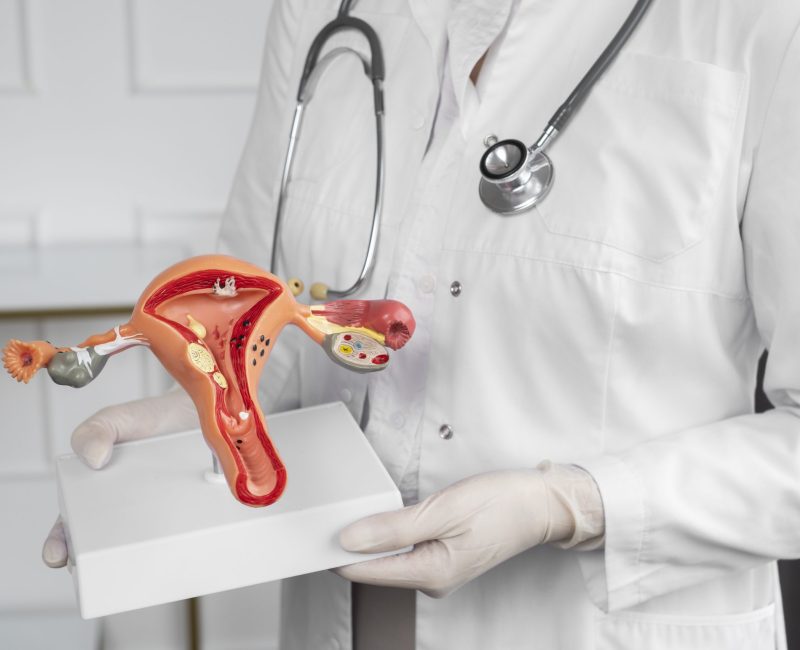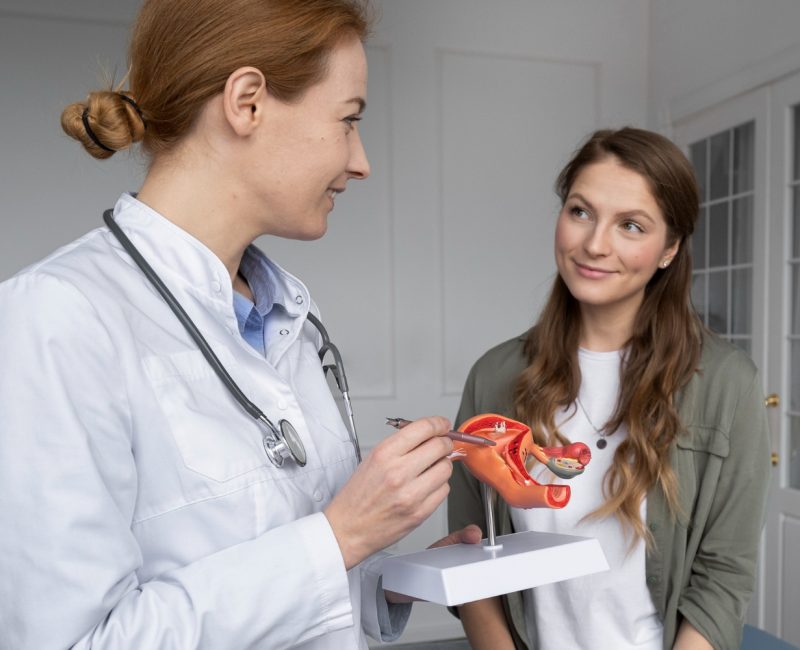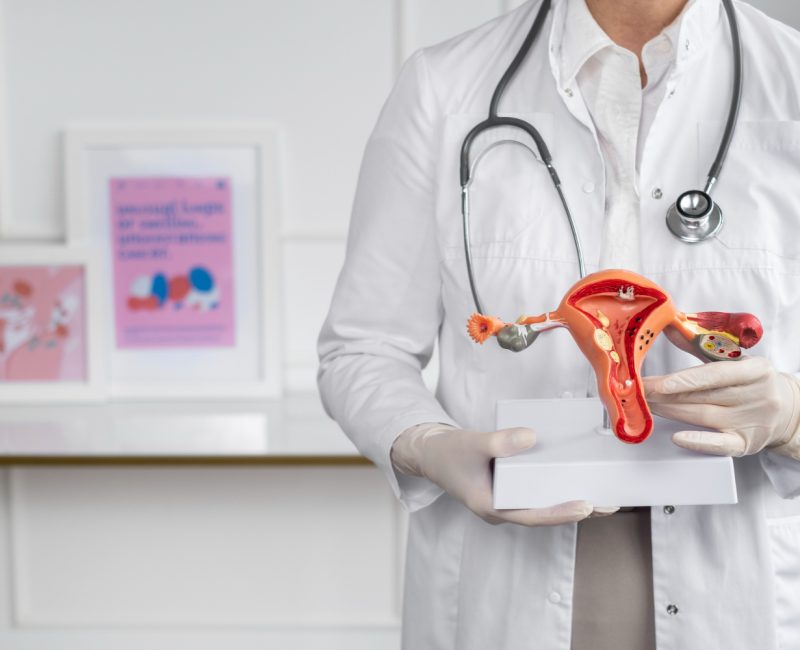About Endometriosis
- Home
- About Endometriosis
WHAT IS ENDOMETRIOSIS? [endo-mee-tree-oh-sis]
Causes, Symptoms and Treatment
- Endometriosis is a disease of the female reproductive system whereby tissues similar to the lining of the uterus [endometrium] are found growing in areas outside the uterus.
- This distortion in the normal biological process leads to inflammations, severe debilitating pain, growth of endometriomas (chocolate cysts), adhesions and scar tissues.
- Generally, endometriosis is found in the pelvic cavity. It can attach to any of the female reproductive organs (uterus, fallopian tubes, ovaries), the uterosacral ligaments, the peritoneum, or any of the spaces between the bladder, uterus/vagina, and rectum.
- Endometriosis affects girls and women of reproductive age [13-60 years]. At this age, women are in their most productive years. Therefore endometriosis can impact all aspects of their lives – school, careers, finances, relationships, fertility and overall wellbeing.
- Endometriosis is an invisible, tricky disease whose mechanism is still being understood by researchers.
Symptoms Of Endometriosis
Due to the spread of abnormal tissue within and outside the pelvic region, adhesions may be found in the pelvis, bladder, appendix, rectum, ovaries, fallopian tubes, lungs, umbilicus, in rare cases nasal region and in rarer cases, the brain. As a result of this and other immunologic abnormalities, no two women experience endometriosis in the exact same way.
The symptoms of this disease include:
- severe/crippling menstrual cramps
- chronic or cyclic abdominopelvic pain often intractable
- dyspareunia (painful intercourse)
- abdominal bloating
- pain while urinating,
- leg and lower back pain (particularly in cases of sciatic endometriosis),
- irritable bowel
- fatigue
- rectal bleeding,
- infertility
- pregnancy loss (miscarriages) and
- possible link to preterm births.
Comorbid pain syndromes, mood swings and asthma are also common in individuals with endometriosis
One symptom might be profound in one woman while it is absent in another. However, the cardinal symptoms of endometriosis remain chronic pelvic pain, severe menstrual cramps and painful intercourse (dyspareunia).
"Endometriosis affects 1 in 10 women worldwide"
Icidence
- Endometriosis affects 1 in 10 girls/women of reproductive age (that’s 10% of female population worldwide)
- Endometriosis accounts for 40% of infertility cases today. A good number of women find out that they have endometriosis only after they are married and are trying to conceive.
- According to a recent Finnish study which appeared in the Journal of Pediatric & Adolescent Gynaecology, one third of girls (ages 15-19) were found to suffer severe menstrual pain of which 14% were consequently absent from school or hobbies.
- According to the European Society of Human Reproduction and Embryology [ESHRE], 70% of teens with chronic pelvic pain go on later to be diagnosed with endometriosis.
- According to the American Society for Reproductive Medicine [ASRM], it takes an average of 8 years for a girl living with endometriosis to get an accurate diagnosis
- Endometriosis affects over 176 million individuals worldwide
Causes of Endometriosis
While the intense studies are ongoing to establish exactly the aetiology of endometriosis, some hypotheses have been put forward to offer some understanding of how endometriosis happens. The most popular one is the Theory of Retrograde Menstruation, which suggests that menstrual blood during a girl’s period flows backwards into her abdomen instead of outwards through the vagina. This is a highly disputed theory because retrograde menstruation happens in more than 90% of women but endometriosis affects about 10% of women. What factors account for the disparities?
Endometriosis is also believed to be influence by some genetic and environmental factors. Women who have endometriosis are more likely t have a sister, cousin, mother or aunt with endometriosis.
Endometriosis: Fast Facts
- Endometriosis is a disease of the female reproductive system
- Endometriosis affects women during childbearing age (from her first period until menopause)
- Endometriosis affects 1 in 10 women worldwide
- Symptoms typically begin during puberty
- There is an average of a 10-year delay in diagnosing endometriosis, this may be longer in Nigeria
- Endometriosis is one of the leading causes of infertility
Is there a "cure" for endometriosis?
There is no cure for endometriosis, but there are many treatment options to greatly improve patients’ quality of life.



